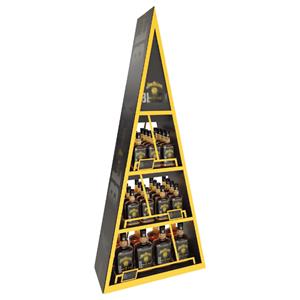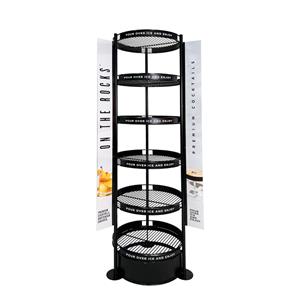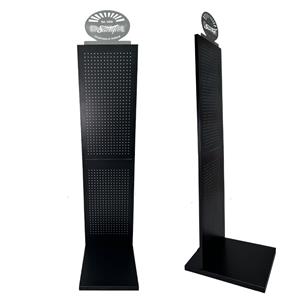How Display Tables Enhance Product Visibility and Brand Image in Retail
How Display Tables Enhance Product Visibility and Brand Image in Retail
Table of contents
1)Introduction
2)Advantages of Display Tables
3)Combining Custom Display Racks with Display Tables
4)Key Design Elements for Custom Display Tables
5)Important Considerations for Custom Display Tables
6)Conclusion
7)Sintop Value
In today's competitive retail environment, how products are displayed has a direct impact on sales. Whether in retail stores, exhibitions, or other commercial spaces, a well-designed display table serves not just to organize products but to enhance brand visibility and customer engagement. Unlike traditional display racks, display tables offer versatility, visual impact, and functionality, making them a critical asset for effective product presentation.
This article delves into the unique benefits, design principles of display tables, and the advantages of combining them with custom display racks, resulting in an optimized display strategy for brands.
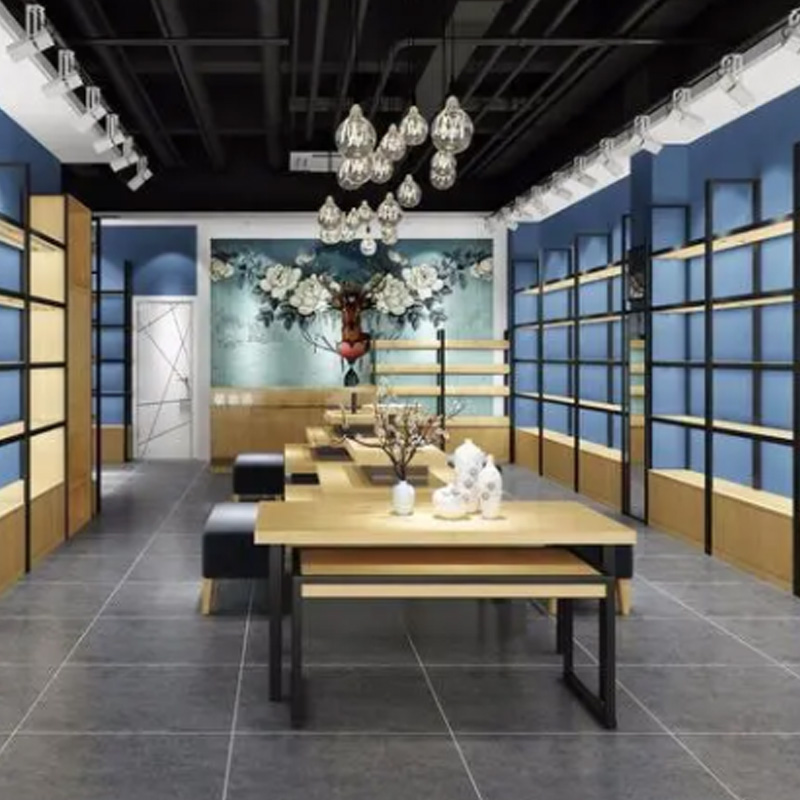
Advantages of Retail Display Solutions
As a key product display tool, display tables provide more than just a flat surface for showcasing products. Below are their main advantages:
1. Enhanced Product Visibility
Display tables are often placed in prominent areas, such as the center of a store or exhibition, attracting immediate attention. Unlike display racks, the open, flat surface design allows customers to view products from all angles, maximizing visibility and boosting product appeal.
2. Versatility
Display tables are suitable for a wide variety of products including clothing, jewelry, electronics, and gifts. Their flexible design makes them valuable in retail settings, exhibitions, galleries, and museums alike.
3. Efficient Space Utilization
Display tables can be customized to fit the layout of different spaces, ensuring maximum use of the display area without causing clutter or overcrowding. Their adaptability helps brands to organize products effectively, no matter the store’s size.
4. Increased Customer Engagement
The open design of a display table encourages customers to physically interact with the products—touch, view, and experience them up close. This hands-on engagement is crucial for increasing customer interest and driving purchase decisions.
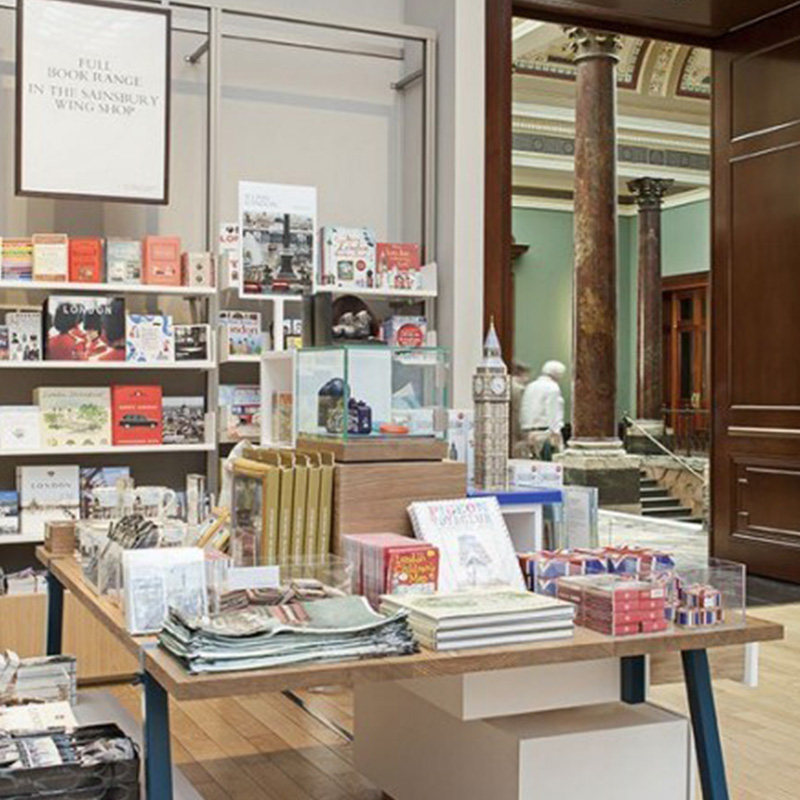
Combining Custom Display Racks with Display Tables
Though off-the-shelf display tables are widely available, integrating them with custom display racks creates a more impactful and unique presentation. Here’s how custom combinations enhance product displays:
1. Fully Personalized Design
Brands can tailor Modular Display Racks and racks to their specific style, selecting materials like wood, metal, or acrylic to align with their aesthetic. For example, a jewelry store may opt for glass and integrated lighting, while a fashion store might prefer wooden or minimalist metal designs.
2. Integration of Brand Elements
Product Display Stands can be designed to incorporate brand logos, colors, and unique patterns. The sides of the display table could feature the brand’s emblem, while the tabletop uses the brand’s signature colors. This approach not only enhances product presentation but also reinforces the brand image.
3. Balance of Functionality and Aesthetics
A custom display table can be designed to offer additional features, such as hidden storage, lighting, or integrated security elements, depending on the product’s requirements. This ensures both practicality and visual appeal.
Key Design Elements for Custom Display Tables
When designing a custom display table, it’s crucial to consider the following factors:
1. Material Selection
The material used in the display table will affect its appearance and durability. Common materials include:
Wood: Offers a natural, warm touch, ideal for showcasing gifts or clothing.
Metal: Provides a sleek, modern look, great for electronics or other high-tech products.
Glass and Acrylic: Perfect for high-end items such as jewelry or cosmetics, offering a clean and luxurious feel.
2. Size and Proportions
The dimensions of the display table should fit the available space. Oversized tables can clutter the area, while undersized ones may not showcase the products effectively. It’s essential to get the height and width right to ensure proper customer engagement.
3. Layered Display Design
To add depth and visual interest, a display table can feature tiered or multi-level structures. This allows for dynamic displays that show off products from multiple perspectives, making the layout more engaging.
4. Lighting Design
Effective lighting is a critical element in display tables, particularly when displaying premium items. For instance, jewelry can benefit from built-in LED lighting to highlight its details, while electronics might need spotlights to showcase features.
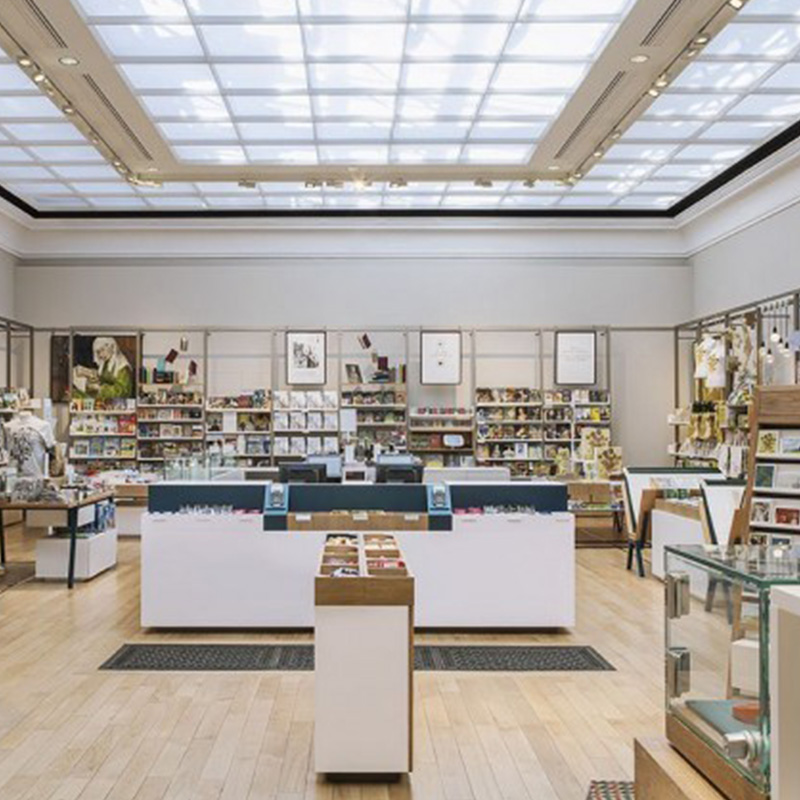
Important Considerations for Custom Display Tables
To maximize the effectiveness of custom display tables, brands should focus on these critical aspects:
1. Durability
Given that display tables will be frequently used, they must be sturdy and long-lasting. Choosing high-quality materials and ensuring structural stability will prevent wear and tear over time.
2. Safety
Safety is paramount in public areas. Especially for high-value products, display tables should include anti-theft measures, and their design should prevent tipping or instability.
3. Environmental Sustainability
Many brands are now looking for eco-friendly and sustainable display solutions. Using recyclable materials and adopting green manufacturing processes can appeal to environmentally-conscious consumers, boosting the brand’s image.
Conclusion
Incorporating display tables as a core element of product presentation not only enhances product visibility but also strengthens brand identity. When combined with custom display racks, brands can elevate their presentation, ensuring both functionality and aesthetic appeal. Key considerations like material selection, size, lighting, and durability ensure that the design effectively meets the brand’s goals while maintaining the safety and sustainability of the display setup.
By carefully planning these elements, businesses can create visually appealing, engaging, and practical display solutions that drive customer interaction and, ultimately, sales.
Sintop Value
At Sintop, we specialize in creating customized display solutions, blending design innovation with functionality. Our custom display tables and racks are designed to highlight your products while seamlessly integrating brand identity. With a focus on durability, style, and sustainability, we deliver products that enhance your retail presence and customer experience. Whether you need a versatile display solution for exhibitions or a durable retail setup, Sintop offers unmatched expertise to bring your vision to life.

Contact information
Website: www.sintopfixtures.com
Wechat/WhatsApp: +86 15980885084
Email: elly@xm-sintop.com
FAQ
1. What are store fixtures?
Store fixtures are essential equipment and furniture used in retail spaces to display, organize, and store merchandise. Examples include shelving units, racks, display cases, counters, and hooks.
2. Why are store fixtures important?
Store fixtures enhance the shopping experience by organizing products, improving accessibility, maximizing space, and creating appealing displays that attract customers and boost sales.
3. What types of store fixtures are commonly used?
Common types of store fixtures include:
Shelving Units(wall shelves, free-standing shelves, adjustable shelving)
Display Cases (glass cases, countertop cases)
Racks (clothing racks, display racks)
Counters (checkout counters, service counters)
Hooks and Pegboards
End Caps
Signage and Graphics
Mannequins
4. How do I choose the right store fixtures for my retail space?
Consider your merchandise type, store layout, and branding needs. Fixtures should be functional, complement your store's design, and fit within your budget. Evaluate your space to determine the best fixture types and configurations for optimal product presentation and customer flow.
5. Can store fixtures be customized?
Yes, many store fixtures can be customized to align with your store's branding and specific needs. Customization options include materials, colors, sizes, and designs. Collaborating with a fixture supplier or designer can help create fixtures that match your store’s style and functional requirements.
6. How can I maximize space with store fixtures?
Utilize fixtures that optimize vertical space, such as wall-mounted shelves and tall display racks. Modular and adjustable fixtures can adapt to changing merchandise or store layouts. Plan your store layout carefully to ensure efficient use of space and smooth customer flow.
7. How do I maintain store fixtures?
Regularly clean and inspect fixtures to ensure they remain in good condition. Check for wear and tear, and repair or replace damaged parts. Follow manufacturer guidelines for maintenance and cleaning to extend the lifespan of your fixtures.
8. Can store fixtures be used for different types of retail stores?
Yes, store fixtures can be adapted for various retail environments, including clothing stores, electronics shops, grocery stores, and more. The choice of fixtures depends on the specific needs and merchandise of the store.
9. How can store fixtures improve the customer experience?
Well-designed fixtures make products easy to find and browse, enhancing the overall shopping experience. Effective use of fixtures creates an organized, aesthetically pleasing environment that encourages customers to spend more time in the store.
10. Where can I purchase store fixtures?
Store fixtures can be purchased from specialized fixture suppliers, retail equipment stores, or custom fixture manufacturers. Online retailers and local suppliers also offer a wide range of options.

